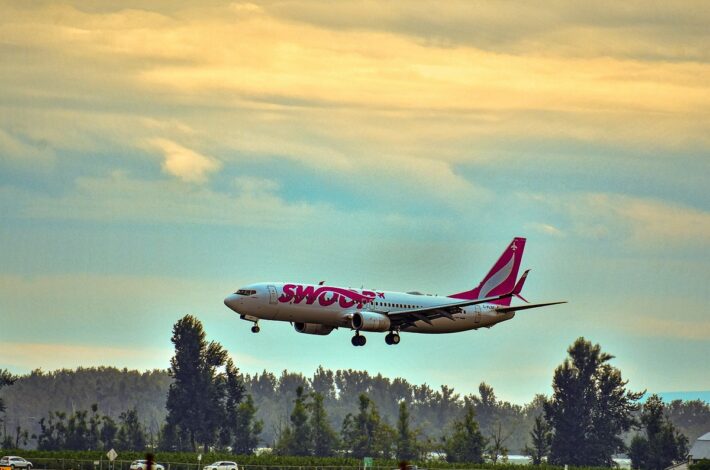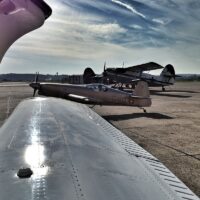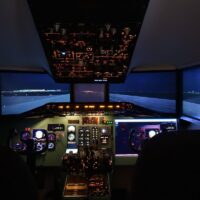
The aim of the course is to prepare the applicant (student) to the level of competence for safe performance of flights on single-engine and multi-engine aircraft for commercial purposes with clearance to fly behind the instruments, at night and on international airlines with obtaining a CPL(A)/IR license.
Upon completion of all theoretical, training and practical parts of the training the pilot-cadet receives a commercial pilot license (CPL – commercial pilot license). This license enables you to work in the airlines with aircraft of commercial airlines around the world.
The conditions of enrollment:
- Age – 18 years and older;
- Education – high school and college.
Theoretical training for the CPL course is in the following disciplines:
- Air Law;
- General information about aircraft (power plant);
- General aircraft information (instrumentation);
- Weight and alignment;
- Aircraft specifications;
- Flight Planning and Monitoring ;
- Human Performance and Limitations;
- Meteorology General principles of navigation;
- Radio Navigation;
- Operational Procedures;
- Principles of Flight ;
- Maintenance of radio communication behind the rules of visual flight (VFR);
- Instrument Flight Radio Recording (IFR).
Training Course Stages:
- Theoretical Course.
- Simulator training
- Ground training with flight instructor before and after the flight;
- Training flights (including fuel, insurance, aircraft maintenance and repair, etc.)
- Flight analysis
- Test of skills (flights with PPL examiner)
Training flights:
- PPL piloting techniques
- NVFR Night Rating (NVFR)
- Instrument rating (IR) by PPP
- Zone navigation
- Multi-engine type MEP aircraft
- ICAO English Level 4)
Upon completion of the course the student pilot receives a CPL Commercial Pilot Certificate with 180 hours of flight time of which 40 hours on the FNPT II.

